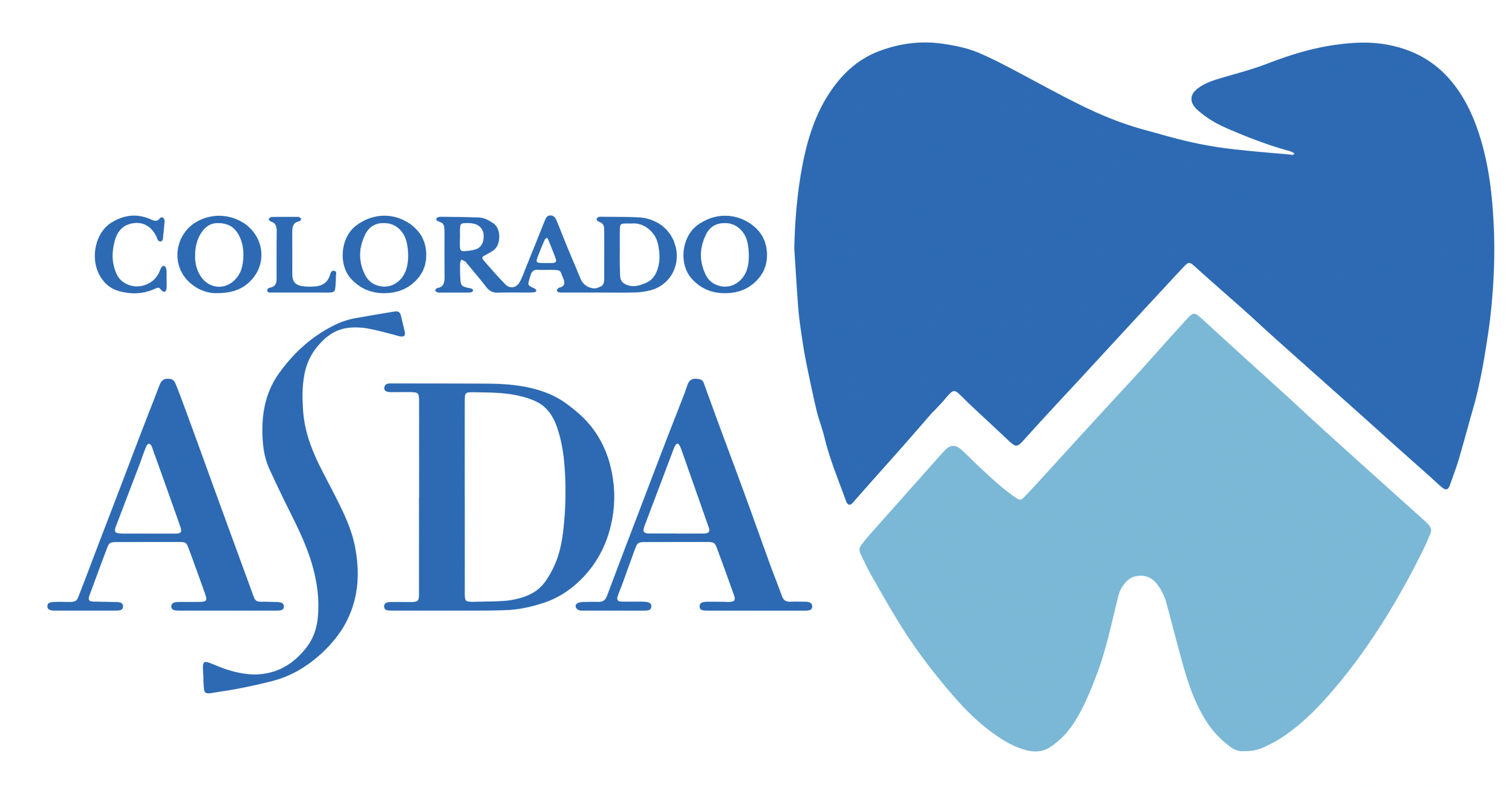Hi there! My name is Lindsey and I am a first year dental student here at the University of
Colorado School of Dental Medicine. When I’m not studying or working on my hand skills, I
enjoy cooking, playing volleyball and I am a committed dog mom and plant mom.
When I was a pre-dental student, I found the process of applying to be very daunting and was
constantly wondering what I could do to improve my chances. Between comparing my stats to
my peers and other pre-dental students online and worrying how my extracurriculars would
measure up, I often wondered if I'd ever make it in.
Having recently survived the application process, I learned that most schools really are viewing
each application holistically and “a competitive applicant” can manifest in so many different
ways.
My aim for this blog will be to offer tips to applicants interested in applying to the CUSDM, or
any program, so that they can strategically put together a strong application that showcases
who they are and all they can contribute to the future of dental medicine and to the dental
community.
Anyone is welcome to reach out to me with questions or application help at
lindsey.m.swenson@cuanschutz.edu.
Research, Research, Research
Buying as many raffle tickets as you can means
you have a better chance of winning, right?
Maybe this works for a raffle, but I don't think it
works for applying to dental school.
A piece of advice I often got when I was applying
was to “apply broadly”. While this is great advice,
I believe it should be done thoughtfully. I think
some pre-dents can fall into a trap of sending
their application to as many schools as possible
hoping that at least one will choose them. This
can be very pricey, and down the line when
acceptances or rejections come in, a student may
be left feeling like they have to go somewhere
they aren’t familiar with. It is still possible to apply
broadly while also choosing schools that will be a
good fit.
Each school has a website with lots of important information, but what I think is a more valuable
tool is the “ADEA Official Guide to Dental Schools”. It can be found on the ADEA website for
about $35, and is updated annually. This resource compiles important details about every dental
school in the US as well as Canada.
The best way to group findings from this resource is to create a spreadsheet or chart to record
data on things like cost, location, demographics and GPA and DAT score information from the
prior year’s accepted class. This tool also includes which prerequisites each school requires and
which they recommend. Once as much information is gathered as possible, it is easy to
compare schools side by side and make smart decisions about where to invest your time and
money.
One example of how the gathering of research can help in choosing where to apply, is to take
note of the range of GPAs reported by the “ADEA Official Guide to Dental Schools''.
“Is my GPA good enough to get in?” is one of the most frequently asked questions by applicants
on Student Doctor Network and Dental School Admissions Bootcamp. Unfortunately, most only
see the average GPA provided by a school’s website and are disheartened when they don’t
meet it.
When I was applying, I learned that if a school has accepted a wide range of GPAs they are
often a safer investment for folks who may not hit the average. As previously mentioned, many
schools accept an average GPA of around a 3.5 and that is all the information that’s provided on
their website. This can be intimidating to applicants who may have something lower. But in
noting that a school’s range of accepted GPAs is 3.0-3.9 for example, the school certainly took
plenty of students below a 3.5. Conversely, a school which did not accept a wide range, for
example 3.5-4.0 with the average still falling around a 3.5, may be a tougher place to gain an
acceptance.
Doing research on each and every school of interest is a long process, but it can really help an
applicant make optimal decisions about where to apply.
As always, don’t forget to believe in yourself! :)









